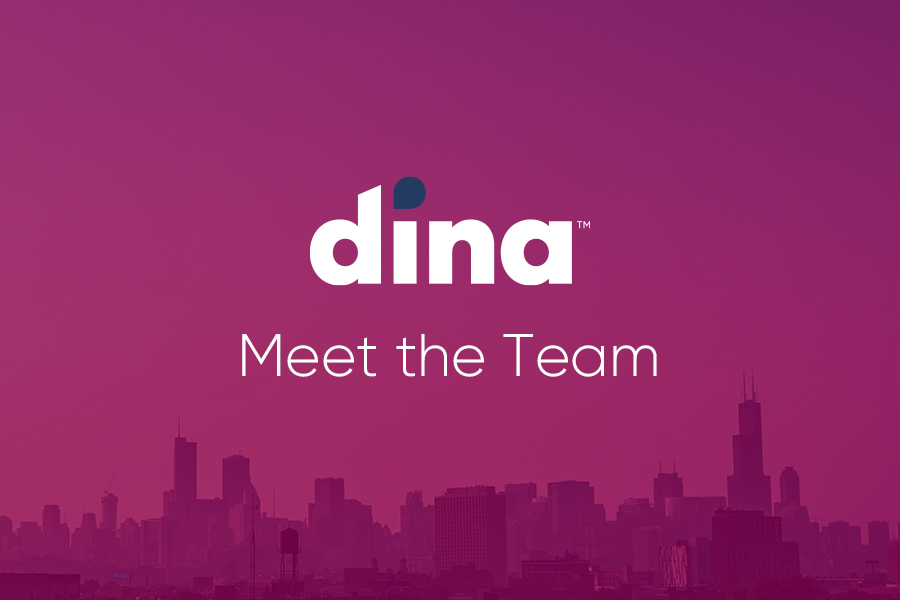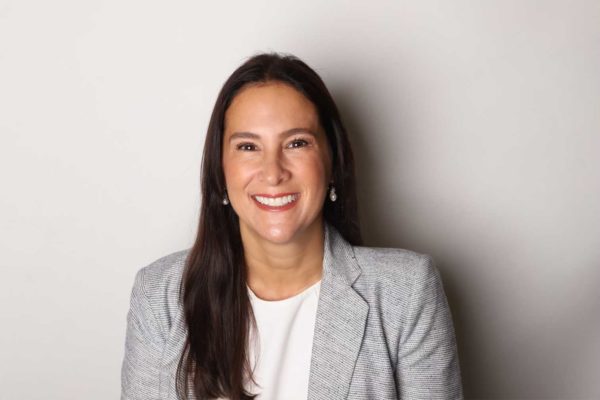
Throughout her career, Dina’s new Chief Medical Officer Dr. Maryann Lauletta has seen patients in nearly every care setting: hospital, private practice office, skilled nursing, long-term care and assisted living.
But she says her most recent experience as the medical director for a Medicare PACE/LIFE program, where she provided in-home care for the first time, changed her perspective on how to best serve patients.
 “It was humbling to realize how many unrealistic or unachievable assumptions I had made about what people could manage on their own without any consistent connection or real-time engagement with their provider,” she said. Lauletta talked about the challenges of delivering care to rural communities, the importance of engaging patients, and why she hates the word “compliant.”
“It was humbling to realize how many unrealistic or unachievable assumptions I had made about what people could manage on their own without any consistent connection or real-time engagement with their provider,” she said. Lauletta talked about the challenges of delivering care to rural communities, the importance of engaging patients, and why she hates the word “compliant.”
What did you learn from your time providing in-home care?
It was eye-opening to see first-hand the challenges of delivering in-home care, especially in rural communities that face obstacles accessing primary and specialty care, as well as community resources. Then operating in the midst of a pandemic added another layer of challenges to make sure everyone was safe.
If you can capture the discrepancy for misalignment in the space between hospital and home, you can prevent people from starting the cycle again in the emergency room.
As healthcare providers, we always try to keep the patient at the center, but sometimes we don’t fully understand the challenges someone faces when they’re outside of your realm. So you need a way to get feedback because the best-laid plans aren’t effective if patients don’t understand them or have the ability to accomplish them. Then the provider gets frustrated because they think the patient is intentionally not complying with the plan.
And I hate that word “compliant,” and we say non-compliant all the time. But it’s really that they are unable to comply. But you don’t know that unless you get feedback, and, unfortunately, the feedback is usually an unnecessary ED visit or a bounce back to the hospital.
If you can capture the discrepancy for misalignment in the space between hospital and home, you can prevent people from starting the cycle again in the emergency room.
What about using remote and home-based technology and tools?
First, you really need to know your population. You need to know if they have connectivity. This includes the degree of access patients have to tools that would allow them to connect, and also their level of technical knowledge–the ability, even if they have a device, to use it efficiently.
The other thing that I never really thought about before was the set-up of the home environment. Is there an internet connection or do you need to provide cellular data cards? Are there any safety concerns or issues with the physical space that you need to address before sending a provider into the home? And we really got to see that not all homes are equal, and not all patients were able to receive home care at the same level of sophistication as, say, someone in a city who is located close to a hospital and has an abundance of local resources.
Why is connecting and getting feedback important?
I spent ten years overseeing care transitions on a hospital team and a majority of the time, when you really dig down to the source of an emergency room visit, it was often related to a social determinant of health issue, not a true exacerbation of disease. Or, it was the result of a miscommunication or misunderstanding during a transition of care. There was some gap post-discharge that caused a return. In other words, something that likely could have been resolved without an ED or hospital visit. But you need that opportunity to get patient feedback so you can intervene early.
 Talk about the value of empowering patients.
Talk about the value of empowering patients.
I don’t think we always engage and activate patients effectively. I like the way some providers refer to patients as participants. It’s their life; it’s their health. They need to participate versus simply comply with what a doctor is instructing them to do. So how do you get that person to participate, to understand why you’re asking them to do what you need them to do, and have them give you feedback? We don’t always get to that level of communication.
Often when you’re discharging patients, they haven’t felt well, that’s why they’re in the hospital, to begin with. They just want to get back in their own bed, and may not understand the obstacles they’ll face once they’re out of your care. But once they’re home, it starts to kick in. You need that feedback connection so they can say: “This isn’t working for me, and this is why.” Then you can make an adjustment, and, we hope, pre-empt the whole cascade that ends up with the patient re-presenting to the ED or hospital.
What’s got you most excited about your new role at Dina?
When you’re remotely connected to the home, you know in real-time if patients are having some sort of issue. We’ve had patients who dropped their pills down the sink, or couldn’t find their pills, and, because we were remotely engaged, we could intervene in real-time, notify their provider and make a change. It kept a lot of patients out of the emergency room or from calling 911 because they knew they had access to a provider in real-time.
This is what’s so exciting about Dina. We have the potential to connect different points of care and different providers of care and align them with the same goals, all while keeping the patient at the center. There were many times in my years in practice when we thought we were clearly communicating the next steps to a provider or patient. And still, despite our best efforts, our communication either wasn’t received by the right person, or it might have been misinterpreted or misused.
So the ability for that next-level provider to ask questions or give feedback is critical to let you know that maybe the plan that you laid out is really not going to work in a home setting. And capturing that information early can influence outcomes and keep more patients safe and healthy in their homes.
Want more news about building care-at-home models and staying connected to the home? Sign up for our newsletter for regular industry news and updates.

 Talk about the value of empowering patients.
Talk about the value of empowering patients.


